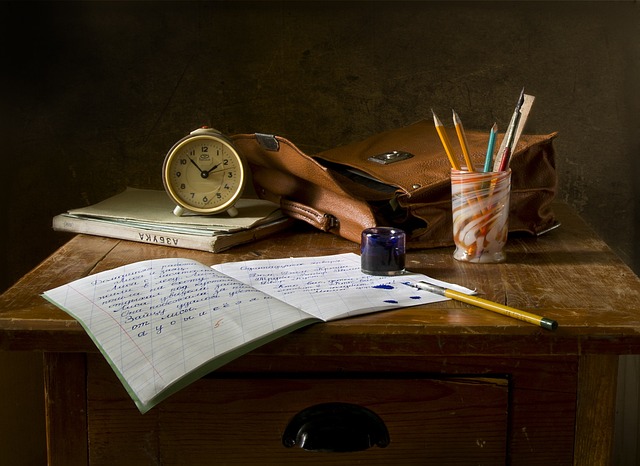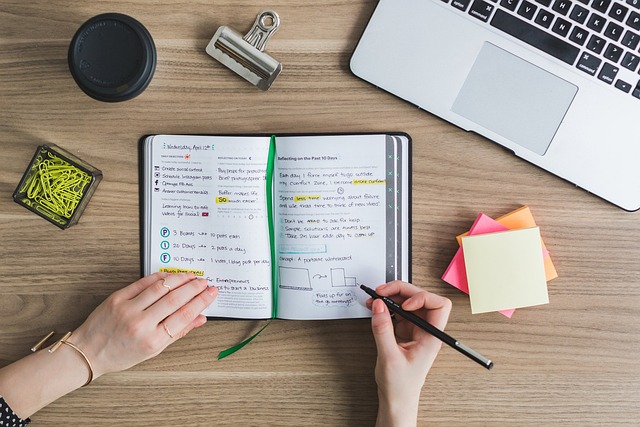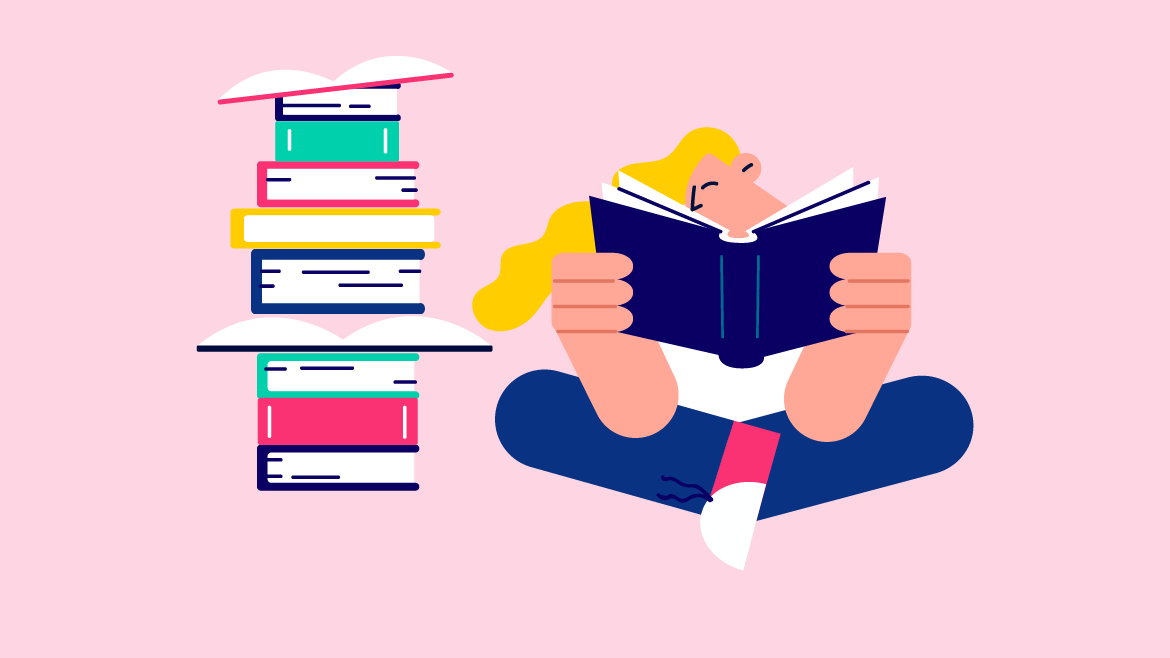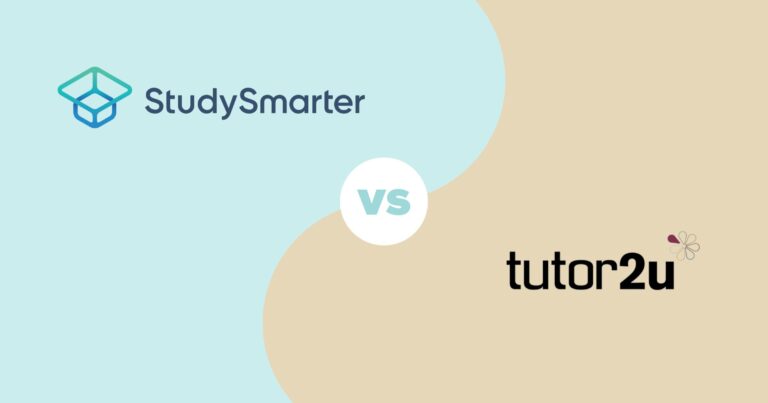Memory Improvement Techniques – Students’ Best Friends
Memory improvement techniques are an efficient and effective way to store and retain information, and many of them have been proven to work by numerous studies and experiments. But, before we delve into various memorization strategies, mnemotechnics, and Brain’s other little helpers, let me make an important analogy.
Imagine your brain as a muscle. You’d assume that regular exercise would make it stronger, but there is a rule among all fitness fans – more is not necessarily better. It’s the same with studying – you cannot expect to sit down and cram for ten hours and retain all that information. The only thing to come out of it would be a massive burnout and a smouldering hatred for anything study-related. Let’s try to avoid that, shall we? Instead, let’s talk about memory techniques.
(Fun fact number 2: In layman’s terms [if you’re a memory expert or neuroscientist, we apologise in advance for our rudimentary explanation😁], memory is protein links between neuron cells in our brain, which consists of billions of neurons divided into areas, including those responsible for our senses.)
Memory Techniques for Studying – How Do I Prepare for Them?
The bad news is that you cannot simply hope that these techniques will magic away all your studying problems. You’ll still have to work hard, but just like with exercise, you’ll find ways to study smarter, not harder. There are two prerequisites for the successful use of memory techniques:
- Studying regularly. Sticking with my muscle analogy, you know that muscles grow stronger through regular fitness sessions – and the same applies to your brain. Plan your regular study times and do not procrastinate so that you can build a disciplined habit that’ll get you through times when your motivation fails to show up.
- Studying with understanding. Memorising tons of facts can only get you so far, and while there are subjects where you can cram the book, do the test, and forget everything instantly, there are those that’ll require a reasonable application of your knowledge. So, when you do study, try to comprehend your materials. If you’re finding it difficult, ask your professor (as many times as necessary) to clarify or get a tutor. Make your studies effective in order to make them efficient, too.
Types of Memory – Techniques to Use
There are many ways to categorise studying lifehacks, i.e. memory techniques, but first, you need to know what kinds of memory types exist and find out which one you rely on the most. (Hint, hint: everyone favours something else, so you have to do some self-assessment here). Regardless of which way you remember things naturally, each of these types can be applied to various subjects.
Episodic Memory
| Characteristics | Techniques to use |
| remembering events as holistic episodes | connect events with a story |
| long-term memory | add details as you memorise the big idea |
| experience-based | look at whole study units rather than details |
This type of memory is put to great use when studying history. Try to look at historical events as a whole rather than just a bunch of dates and names. For instance, the events that led up to World War I are not all summed up by Gavrilo Princip, Franz Ferdinand, and 1914. There is a helluva lot of displeasure, Austrian annexation, youth organisations, and threats flying over Europe. If you picture these as connected, you can construct a story or a historical episode in a very loooooooong series of human history.
Semantic Memory
| Characteristics | Techniques to use |
| based on linguistic input | recognise things for how they work and how they fit into a whole |
| great for learning languages | visualise examples |
This type of memory is great for learning idiomatic expressions in foreign languages because they are usually very illustrative and related to cultural, metaphorical, and literal imagery. For example, one of my favourite similes is ‘as dumb as a dodo’, and lemme tell you, the image and meaning are quite clear (PLOCK!).
Kinaesthetic and Procedural Memory
| Characteristics | Techniques to use |
| activated by doing things | tap your feet in a particular rhythm while studying for a test |
| forms associations between movement and information | repeat the rhythm for a while to form associations – tap your feet in the exam and you’ll remember the material |
| write things down (don’t type, use pen and paper) |
Kinaesthetic memory does not simply mean muscle memory; it entails creating active associations with certain types of movement and simply activating memorisation through activity. That way, certain actions remind you of your study materials if you implement them while studying.
Sensory Memory
| Characteristics | Techniques to use |
| short-term memory | create a sense-stimulating atmosphere when studying (e.g., sound of waves) |
| associative recall tied to senses | use scented candles, ambience music, or enjoy some freshly baked goods |
| remember the sensory input in the test, and you’ll remember what you were studying when you felt/heard it |
Sensory memory activates associative recall. Think of that wonderful vanilla and cinnamon cake you had during your study break when you were preparing for your chemistry exam? If you actively create sensory associations around you, you’ll be able to remember your materials too. Visualisation techniques also fall under this category as do mind maps and mind palaces (more on this later).
Ideally, we use all of these memory types in our daily lives – switching them up boosts cognitive faculties and works your brain like a proper proverbial muscle. Still, knowing which one you prefer can guide you towards your proper memory-improving technique.
Where are Those Memory-Boosting Techniques?
So, you’ve got the bases covered – you know your memory type and you study regularly and with understanding. It’s time to try some of these tricks.
Memory Recall Techniques
Memory recall activities are all about condensing lots of information and being able to bring them back by a simple utterance or motion. Some of the most popular include:
- Chunking. Our brains work great when we categorise things according to their similarities or sizeable chunks. It’s easier to recall a sequence of 116 554 2379 than 1165542379. When chunking, you can try grouping items according to how they sound together (e.g. in threes or fours) and rhythmical patterns (we-will-we-will-rock-you does wonders, honestly).
- Acronyms. An acronym is a word in which each letter stands for another word. For example, QUAN stands for: read the entire Question, Underline keywords, Answer the question, Note the example (every student needs to be reminded of this in an exam). Better yet, KISS your question (Keep It Simple Sister). You can create your own acronyms, and they do not need to be actual words – only memorable to you.

- Mnemonics. You can create whole silly sentences where each first letter will stand for a term or a concept you’re trying to remember. Check this out: ‘A Big Secret Conceals Her Past’, and it also conceals capital letters of the last names of Henry VIII’s wives: Catherine of Aragon, Anne Boleyn, Jane Seymour, Anne of Cleves, Catherine Howard, and Catherine Parr.
- Saying it out loud to yourself. Sometimes (usually in the shower), you get those life-changing ideas. If you cannot act on them instantly, say them out loud and your brain will retain them longer until you can find time to return to them with full attention.
Memory Visualisation Techniques
When you don’t have time to build your mind palace, you can try some simpler visualisation techniques. Lots of people rely on visual memory, and it’s no surprise because a picture IS worth a thousand words. When you’re studying, try to organise your knowledge into wholes (or episodes) and paint a visual image of the subject. Then, when you need to recall it, you just need to remember the image and the rest of the information will come back.
On the other hand, I used to memorise things based on where they were in the book. For instance, I would remember that the introductory passage on the French Revolution was on the left-hand side of the book accompanied by Napoleon on his horse. When I needed to recall it, I would conjure the image of the book and approximately know what I’d said/written based on where on the page that was.
Stepping into the Mind Palace with the Loci Memory Technique or Memory Palace Technique
In step four of creating a mnemonic, we spoke of a ‘mind palace’. Well, this technique has become highly popular, especially since Benedict Cumberbatch’s Sherlock Holmes introduced us to his mind palace. And it is exactly that. Method of Loci (location, space) is a filing system that includes imagining a space – usually a house, a palace, or a castle with multiple rooms. You organise information by assigning it to different rooms and objects.
Follow this simple progression:
- Imagine a room and what’s in it: a chair, a desk, a glass of water, and a bookcase.
- While imagining, repeat the list of objects you add, always in the same order.
- Once you know it, think about what these objects signify – a chair is your train schedule, a desk has a drawer holding a to-do list for the day, a glass of water stands for picking up a package from the post office, and so on.
- Form memory associations by repeating what stands for what several times.
- When you need to remember something, all you have to do is visualise your memory palace and find the right object.
You can make your memory palace as big and detailed as you like and apply it to any subject. Mind you, in order to sustain your memory palace, you must repeat what you put in it (and where) multiple times until it sticks.
Memory Techniques – A Word to the Wise
Keep in mind that memory techniques are not a magical solution to studying problems. It’s not enough to just imagine a picture and hope that does away with hours of studying. Quite the opposite – you have to put a lot of effort and time into your learning for these techniques to work.
Your brain will only remember things effectively through:
- regular studying
- revision and repetition
- comprehension checks
- consolidation of knowledge
Using memory techniques condenses the amount of what you need to remember at all times. For instance, the iconic image of the wolf nursing two babies is enough to recall the whole legend of how Rome was founded. As a result, you remember the image and don’t need to bother with remembering whole sentences, phrases, and details, thus saving your working memory, to use a tech term.
So, work hard and diligently for all of this to work, but, as I said, use memory techniques to study smarter, not harder.

The Quick Rundown – Best Memory Techniques for Exams
We’ve covered quite a few theoretical and practical concepts regarding memory today. Instead of checking whether you remember them, I’ll underline a few particularly useful ones for exam preparation:
- Visualisation. Whether you’re working on a mind palace or a simple image, this is a quick way to cover lots of information.
- Saying things out loud. There is just something about hearing things in the physical world and not just in your head. Say something out loud to remember it better.
- Chunking. Divide information into sizable chunks and try to form associations among them.
- Mnemonics. Come up with silly sentences or acronyms to remember lists of items and ideas.
Remember to make studying a habit (rather than urgency) before the exam to improve your memory skills at a slow-and-steady rate and make the most of these lifehacks. Happy studying! And I hope you remember this post for a while to come😉.








